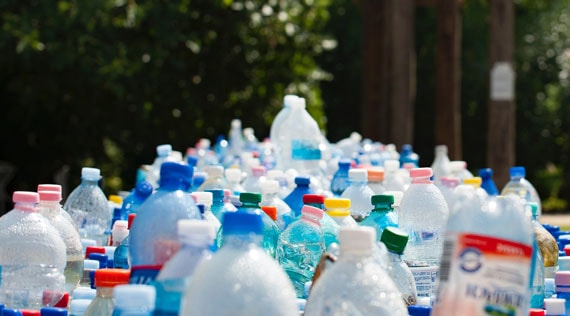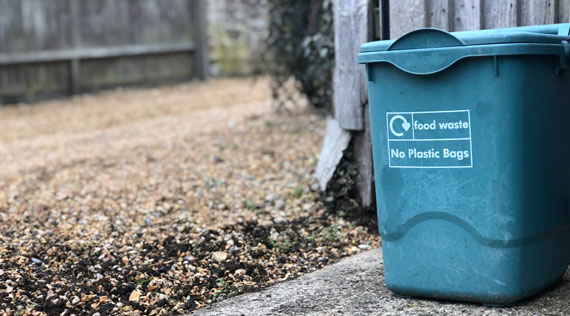The good news is that there's a solution. The bad news is that even though I've been editorializing about it for years, I've seen no progress. And now the image problem is getting worse.
Case in point: Alaska Airlines announced Nov. 3 that is replacing single-use plastic water bottles on its flights with paper cups and boxed water cartons. The company claims it is eliminating 1.8 million pounds of plastics a year, equivalent to the weight of 18 Boeing 737s.
But no one is tossing their empty bottle out an Alaska Airlines window into the ocean.
Here's another example of the image problem: On the eve of the COP26 climate change summit, British Prime Minister Boris Johnson told a group of schoolchildren that recycling and reusing plastics does not work.
When I hear politicians talk about plastics recycling, I cringe. They talk authoritatively about National Sword and a lack of markets for recyclables. Few, if any, are aware of what's really happening today.
It's been eight years since China started cracking down on imports of low-value, heavily contaminated bales of plastic and other recyclables. The move rocked global recycling markets. But that's old news. According to the Solid Waste Association of North America, markets for recyclables — including plastics — have recovered from the shock of National Sword and now are close to record highs.
According to a Nov. 1 report, SWANA said bales of PET that sold for $130 a ton a year ago now fetch $511. Natural high density polyethylene was at $1,100 a ton, now it is $2,169. Polypropylene was $105, now it's $663. The report credited recycled-content goals at major consumer brands for driving up demand.
Plastic bottle makers do have a recycling-related problem in 2021; it's a supply problem. That's where the solution comes in. Let's support national container deposits, or at the very least expand existing programs to cover more states and more types of plastic containers.
NAPCOR, the National Association for PET Container Resources, reported Nov. 2 that the U.S. PET bottle recycling rate slid to 26.6 percent in 2020, down from 27.9 percent in 2019. That's at a time when demand is high and prices are climbing. (For those of you who passed Econ 101, you understand that those facts are related.)
I've been talking with NAPCOR members since the early 1990s, and they've long understood that bottle deposits are good policy for container blow molders. Last year NAPCOR itself finally got on board and came out, quietly, with a position supporting bottle bills.
With all the debate about resin taxes, product bans and extended producer responsibility, why can't the industry and legislators support container deposits? It's a solution to the biggest plastics recycling problem of 2021 — lack of supply — and it would help an industry whose image is close to an all-time low.
Courtesy: .plasticsnews.com

